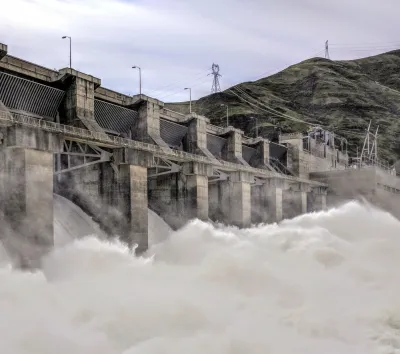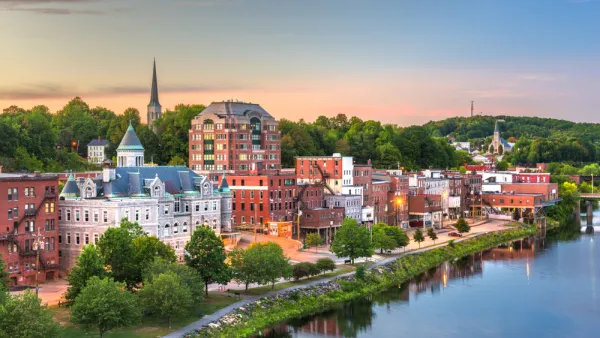The 21st Century Dams Act, a proposal to remove four dams on the lower Snake River, and the Infrastructure Investment and Jobs Act all have a chance to redefine the country's approach to dams and watersheds.

Brian Graber, senior director of river restoration at the river conservation advocacy group American Rivers, writes an article providing an update on the status of dam removal efforts around the country.
Central to the article is the 21st Century Dams Act, introduced in July in the House of Representatives by Rep. Annie Kuster (D-N.H.) and in the Senate by senators Dianne Feinstein (D-Calif.) and several other Democrats. The bill would spend almost $26 billion to repair dams for improved energy production and safety.
According to a statement by Dianne Feinstein at the time of the 21st Century Dams Act's introduction, the bill would
- Improve public safety: Invests in state dam safety capabilities, expands grant funding for the rehabilitation of existing dams and makes available low-interest loans to rehabilitate non-federal dams.
- Enhance clean energy production and grid resilience: Invests in existing federal dams to improve their safety and renewable energy generating capacity.
- Restore river ecosystems: Authorizes an interagency and stakeholder advisory committee to help administer a public source of climate resilience and conservation funding to reconnect 10,000 miles of rivers through the removal of 1,000 dams with owner consent.
In addition to announcing the support of American Rivers for the 21st Century Dams Act, Graber also supports a proposal to remove four federal dams on the lower Snake River.
"Both efforts are necessary and timely, as Congress and the Biden Administration consider national infrastructure investments," writes Graber. "Dams have devastated river health nationwide, impacting rivers, fish and wildlife populations, and cultural resources. As dams age and flood magnitudes increase with climate change, many dams become public safety hazards. Dams are infrastructure and should be part of any federal infrastructure legislation."
With regard to the mention of federal infrastructure legislation, a separate article by Matt Young for American Rivers voices support for the Infrastructure Investment and Jobs Act approved by the Senate earlier in August, and now moving forward in the House of Representatives as part of a $3.5 trillion budget package.
"The Infrastructure Investment and Jobs Act would invest $55 billion in water infrastructure, $12 billion for flood management and over $4.5 billion for watershed restoration," writes Young. Included in that list is $1.6 billion for dam removal and dam safety.
FULL STORY: Prioritizing dam removal and river restoration: an update on federal legislation

Analysis: Cybertruck Fatality Rate Far Exceeds That of Ford Pinto
The Tesla Cybertruck was recalled seven times last year.

National Parks Layoffs Will Cause Communities to Lose Billions
Thousands of essential park workers were laid off this week, just before the busy spring break season.

Retro-silient?: America’s First “Eco-burb,” The Woodlands Turns 50
A master-planned community north of Houston offers lessons on green infrastructure and resilient design, but falls short of its founder’s lofty affordability and walkability goals.

Test News Post 1
This is a summary

Analysis: Cybertruck Fatality Rate Far Exceeds That of Ford Pinto
The Tesla Cybertruck was recalled seven times last year.

Test News Headline 46
Test for the image on the front page.
Urban Design for Planners 1: Software Tools
This six-course series explores essential urban design concepts using open source software and equips planners with the tools they need to participate fully in the urban design process.
Planning for Universal Design
Learn the tools for implementing Universal Design in planning regulations.
EMC Planning Group, Inc.
Planetizen
Planetizen
Mpact (formerly Rail~Volution)
Great Falls Development Authority, Inc.
HUDs Office of Policy Development and Research
NYU Wagner Graduate School of Public Service




























